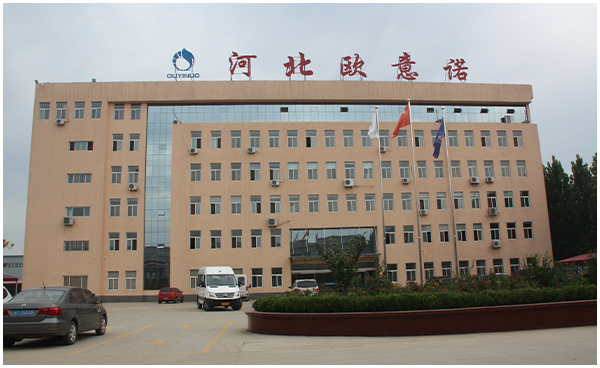
Dec . 04, 2024 16:40
Back to list
Safety Valve Mechanisms for Pressure Control in Industrial Applications
The Importance of Safety Valves in Industrial Applications
Safety valves are critical components in various industrial processes where pressure control is paramount. These mechanical devices are designed to automatically release pressure when it exceeds a predetermined level, safeguarding equipment and ensuring the safety of personnel and the environment. Their role cannot be overstated, as they are often the last line of defense against catastrophic failures.
In industries such as oil and gas, chemical manufacturing, and power generation, safety valves are employed to prevent overpressure situations that could lead to explosions, fires, or toxic leaks. For instance, in a refinery, processes involving high temperatures and pressures necessitate robust pressure control mechanisms. If a malfunction occurs and pressure builds up within a vessel, the safety valve activates, venting excess pressure and returning the system to safe operating conditions. This automatic response not only protects infrastructure but also mitigates risks to human life and environmental health.
.
One significant aspect of safety valves is their regulatory compliance. In many industries, safety valves must meet strict standards set by national and international codes. These standards ensure that the valves are tested and certified to perform reliably under specified conditions. Organizations such as the American Society of Mechanical Engineers (ASME) provide guidelines that govern the selection, testing, and maintenance of safety valves. Compliance with these standards not only enhances safety but also helps companies avoid legal liabilities and costly downtime due to equipment failure.
صمام الأمان

Regular maintenance and testing of safety valves are essential to ensure their proper functioning. Over time, components may wear down, or corrosion may occur, which can compromise the valve’s performance. Predictive maintenance strategies, based on industry best practices, can help identify potential issues before they become critical. For example, performing routine inspections, pressure testing, and replacing worn parts can significantly reduce the risk of valve failure.
In recent years, advancements in technology have also transformed the safety valve landscape. Smart safety valves equipped with sensors and monitoring systems allow for real-time data collection and remote management. These innovations enable operators to track performance metrics, detect anomalies, and predict when maintenance is required, thus enhancing overall system reliability and safety.
Moreover, the importance of training and education in the proper operation and maintenance of safety valves cannot be overlooked. Personnel must be well-versed in the functioning of these systems and the specific protocols for their industries. Training programs ensure that employees understand the critical nature of safety valves and can act swiftly in emergencies, thereby protecting both themselves and their colleagues.
In conclusion, safety valves are indispensable devices in industrial settings where pressure management is essential. Their ability to prevent hazardous situations from escalating makes them vital for operational safety and environmental protection. With the right design, regular maintenance, and adherence to regulatory standards, safety valves can continue to serve as reliable guardians of safety in complex industrial environments. As technology advances, the future will likely see even greater improvements in safety mechanisms, leading to enhanced protection and efficiency across various industries.
Latest news
-
Safety Valve Spring-Loaded Design Overpressure ProtectionNewsJul.25,2025
-
Precision Voltage Regulator AC5 Accuracy Grade PerformanceNewsJul.25,2025
-
Natural Gas Pressure Regulating Skid Industrial Pipeline ApplicationsNewsJul.25,2025
-
Natural Gas Filter Stainless Steel Mesh Element DesignNewsJul.25,2025
-
Gas Pressure Regulator Valve Direct-Acting Spring-Loaded DesignNewsJul.25,2025
-
Decompression Equipment Multi-Stage Heat Exchange System DesignNewsJul.25,2025

